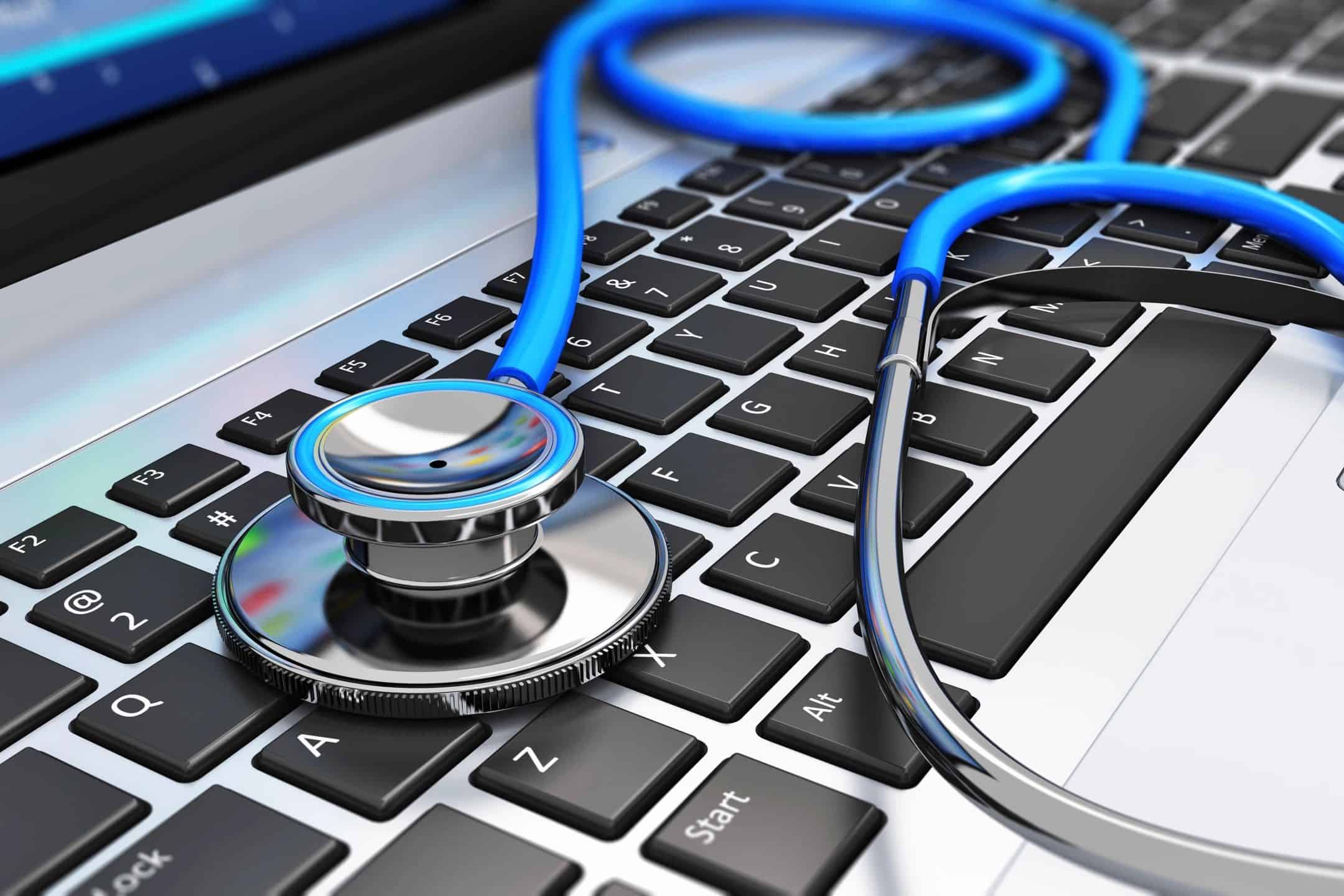Even with social distancing and stay-at-home orders in effect around the country, the number of cases of COVID-19 in the United States continues to rise. Hospitals and health care professionals are under unprecedented strain to continue to deliver effective care during this public health emergency.
Coding professionals provide ongoing updates in coding changes, evolving codes, and operational guidance related to documentation and coding to hospital administration. Their work ensures clinical staff can remain focused on patients and medical decisions during these challenging times. In this piece, we’ll dive into 4 essential tasks related to coding during a pandemic. Though we’ll focus on the current COVID-19 outbreak, the heart of these essentials are important to consider for future pandemics or public health crises.
#1: CPT codes will be updated as the situation evolves
Epidemics happen quickly. Not much may be known right away about novel viruses. Consequently, medical codes for services or procedures may evolve over time. The Centers for Medicare & Medicaid Services and the AMA Current Procedural Terminology Editorial Panel have taken action to “bolster a data-driven response to the COVID-19 disease outbreak in the United States.”

Four cooperating parties issue new ICD-10 codes in the United States:
- American Hospital Association (AHA)
- American Health Information Management Association (AHIMA)
- Centers For Disease Control and Prevention (CDC)
- National Center for Health Statistics (NCHS)
In response to the current COVID-19 pandemic, the CDC issued interim coding guidance for ICD-10-CM and the AHA and AHIMA in collaboration with the ICD-10 Maintenance and Coordination Committee with CDC issued the final COVID-19 coding guidance.
New codes include:
87635: This is the code for “infectious agent detection by nucleic acid (DNA or RNA); severe acute respiratory syndrome coronavirus 2 (SARS-CoV-2) (Coronavirus disease [COVID-19], amplified probe technique.”
87471: This is the parent code that 87635 falls under and denotes “infectious agent detection by nucleic acid (DNA or RNA); Bartonella henselae and Bartonella quintana, amplified probe technique in the 2021 CPT® code set.”
U07.1: This code is from the the CDC and directly addresses the AHA’s request for the HHS Secretary to implement unique codes for testing, screening, and exposure to COVID-19.
#2: Payment amounts take time to catch up
In the early stages of a pandemic, particularly one that mirrors common influenza symptoms, the proper payment amount may not have been established yet. As jurisdictions develop payment amounts for new codes, hospitals may continue to code using the appropriate diagnosis code for associated symptoms.
The coding guidelines issued require that if the patient has a confirmed diagnosis of COVID-19, U07.1 should be used first and J1289 second. Prior to April 1, 2020, J12.89 was to be used first, and B97.29 second.
#3: Telehealth grows in popularity and options
Healthcare and government officials as well as patients have advocated for telehealth as a means of delivering patient care while forestalling the spread of the pandemic. During the current state of emergency, many Medicare restrictions related to virtual checks and visits have also been lifted to reduce the need for face to face office visits.

In general, patients may now receive telehealth services from home and use a variety of online digital devices, including audio and video communication. Under these guidelines, telephone calls are reimbursable by some payers even if they are audio only.
CMS has released a toolkit that includes the majority of codes and their associated fees for telehealth.
Some states and payers may reimburse at the same rates as in-person visits. Be sure to check your state and payers specifically for current policies.
#4: Medicare will cover quarantine and isolation for Medicare patients
After patients no longer require acute inpatient care but may still be quarantined or isolated in a hospital room to prevent the spread of infection, “Medicare will pay the hospital’s diagnosis-related group rate and any cost outliers based on the period of time until the Medicare patient is discharged, including any quarantine time after the patient no longer meets inpatient admission criteria.”
Similarly, patients will not have to pay additional deductibles for during quarantine if that would have been discharged. If isolation is medically necessary, healthcare facilities may not charge a differential between private and semi-private rules.
These policies are expected to remain in effect both throughout the COVID-19 pandemic and in the future.
The bottom line
Healthcare workers face significant challenges daily. During a pandemic, the stresses and risks they face are taken to the next level. They are then given the additional pressure of being expected to work and put their own health and safety at risk because they serve such a valuable and irreplaceable role in society.
For medical coders, it’s about implementing strategies to ensure the organization, efficiency, and financial health of their healthcare system. In effect, it’s doing what they already do best, but with the stakes at a much higher level.
We’re here to empower you
At Harmony Healthcare, our goal is simple: to help healthcare professionals and organizations:
- move past their limitations
- empower them to create change
- make more success achievable
Check out our monthly newsletter by subscribing here
Join our Facebook community here | Join our LinkedIn community here



